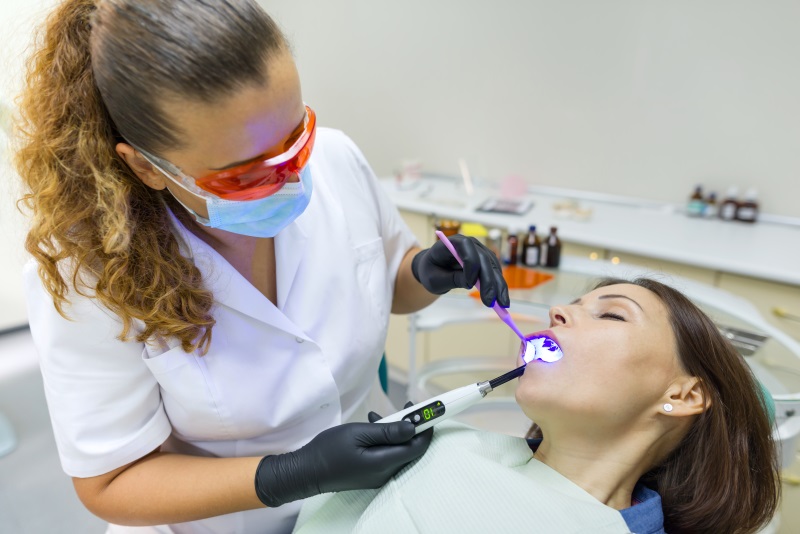An award, in virtually any context, is an honor. Having just been named the 2017 Best Dentist in Fort Worth by the Star-Telegram, we feel that this award is a resounding endorsement for everything our office works to demonstrate. But, better yet, this award has been a definitive show of confidence and trust by our patients.
Yes, an award is an honor. We feel strongly about the quality of care we give, and are proud to have it recognized. It’s the social proof behind this particular award, however, that leaves us humbled.
The Fort Worthy Awards from the Star-Telegram were started several years ago, and the 2017 awards were announced at the end of last week. We had our names in the hat, and watched as likes and shares on our Facebook ticked up on our link to the voting page. The award was granted to us as a product of the phenomenal number of patients who turned up to vote. We cannot thank you enough!
We want to congratulate all the other winners of the Fort Worthy Awards as well, and we encourage everyone to keep voting in years to come. This is an opportunity for our community to high-light the “Best Of” in many care and service fields, and shed light on the places people are proud to support here in the Fort Worth area.
What’s next?
Winning this award has been an honor, and a public show of confidence our patients have given us. We’re thankful, but also excited. What comes after an award like this? After receiving such a show of trust and support, our whole office has a publicly-accoladed standard to live up to. We already took pride in our work, but now we have an added sense of accountability to live up to this standard.
It was the combined effort of our staff, and not just Dr. Ku, who helped win this award. The sense of shared ownership was felt all around the office when the award was announced last week. Doubtless, the next time you’re in, you’ll see how happy we are to keep doing what we love with this award to validate it.
If you haven’t met all of our phenomenal staff members yet, see our pages on the website that introduce our staff and doctors. This is an incredible team to work on, and—as awarded by the Star-Telegram last week—the best of dental care here in Fort Worth!
About the award
Dr. H. Peter Ku was awarded the Star-Telegram Fort Worthy Best Dentist Award for 2017, announced late last week. We feel our entire office earned this award, and want to thank everyone who voted. The trust you’ve placed in us is our greatest reward of all, and we are humbled and grateful by your public show of support.
We’re proud to keep your smiles healthy, but we are overjoyed when we inspire those smiles through the work we do, and the care we give. We look forward to seeing you each in the office the next time you visit!
The post Our Office Is Honored for This Award appeared first on Fort Worth Dentist | 7th Street District | H. Peter Ku, D.D.S. PA.
